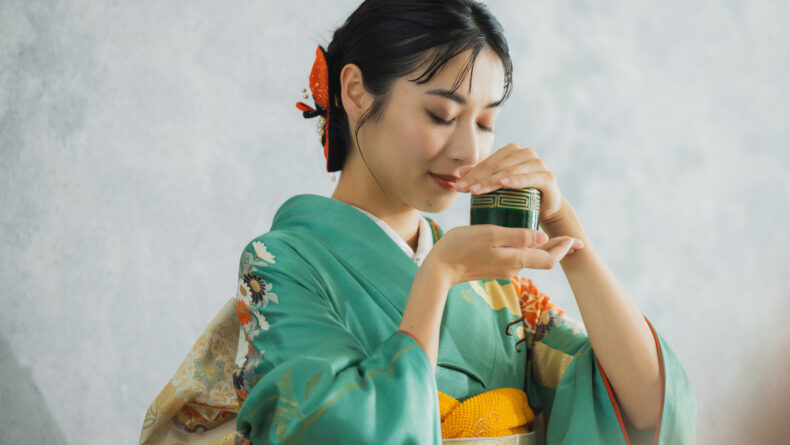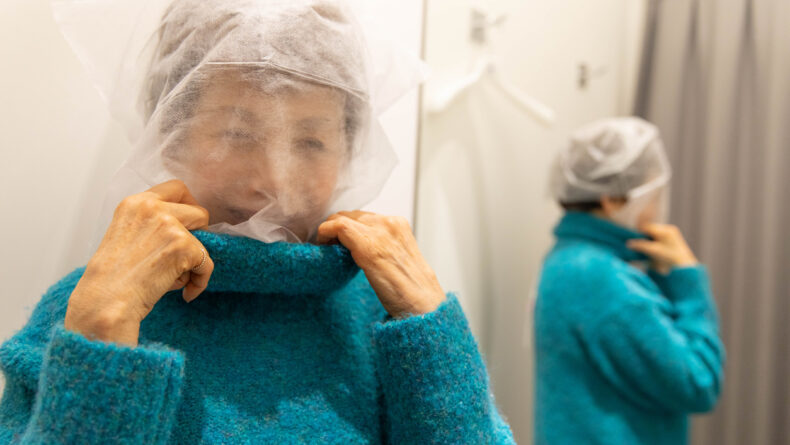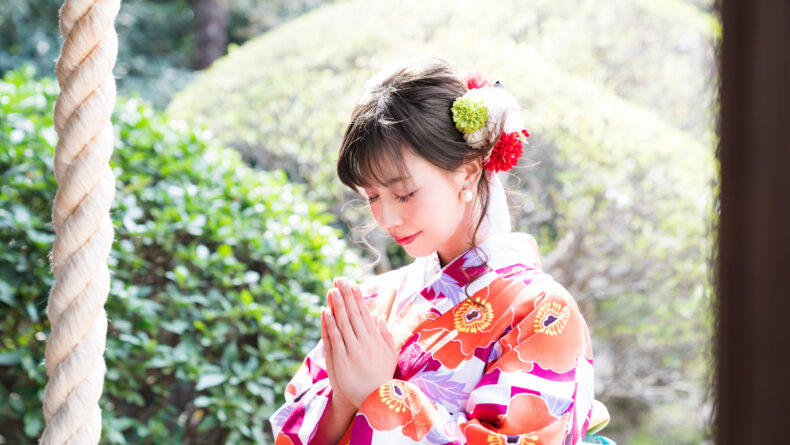6 High-End Traditional Gifts You Can Give From Japan
Upgrade your present game this year with these posh picks!
Buying gifts to ship back home for special occasions can be a hassle, but if you want to get something truly unique that your loved ones will treasure, you might consider going a little traditional.
Naturally, you can find tenugui (手ぬぐい, hand towels/wall hangings), sensu (扇子, folding fans), and other “traditionally Japanese” everyday items at Don Quijote or your local ¥100 shop, but those aren’t exactly the quality that you’d want to give as a gift, are they?
For higher quality items, you will need to go to more specialized shops or directly to artisans’ studios. There you’ll find goods that are both well made and usually, recognized by the Ministry of Economy, Trade, And Industry (METI) as being “authentic traditional handicrafts”—indicated by a special seal on the item itself, or an accompanying certificate.
Here are our recommendations for fancy presents from Japan to give this holiday and to win gift-giving in your family for 2019!
1. Chopsticks
View this post on Instagram
The ubiquitous Japanese eating utensil that makes people both laugh and cry. Yes, you can find perfectly good chopsticks at ¥100 stores, but if you want something swankier that will last longer, that comes in a boxed set or is customizable, you will need to head to a chopstick specialty shop. One of the most popular specialty chopstick stores is Hashi Gallery Mon, which has locations all over Japan. What you might think of as the humble chopstick comes in a variety of exquisitely crafted sets, the most expensive of which costs around ¥35,000.
If you are looking to buy someone chopsticks but aren’t sure if they know how to use them correctly, you could send them a pair of practice chopsticks as well, like these from EdisonMama. Available in left or right-handed versions for both children and adults, these things are a lifesaver for the chopstick-ly challenged.
2. Yosegizaiku
View this post on Instagram
Hakone in Kanagawa prefecture is a forest-filled paradise with excellent views of Mount Fuji and of course plenty of hot springs too. It’s also where you’ll find yosegizaiku (寄せ木細工) marquetry, also known as wooden mosaic work.
Everything from earrings to card cases, picture frames and more can be made from yosegizaiku, so it really depends on who you’re buying for. Personally speaking, one of the most fascinating items I’ve seen are puzzle boxes. They’re complex, completely nail and screw-free, and ideal for those that like a little mystery to their gifts. They make great jewelry boxes too.
In addition to its physical store just opposite the Hakone Checkpoint, Hakone Maruyama has a website where you can order yosegizaiku and ship it overseas (US delivery is free!).
3. Edo Kiriko Glass
View this post on Instagram
Edo Kiriko glassware is a range of highly detailed and beautifully carved works of glass art that were first made in Edo, or old Tokyo. These designs are achieved by filling the glass with sand or other tools, although each studio has its own secret techniques for the process. Edo Kiriko glassware is one of the most recognizable luxury gifts you can give in Japan, so you can be sure that whoever receives them will be floored by your generosity (and good taste).
Nowadays they have both traditional Japanese designs (bamboo, sakura, etc.,) and abstract patterns to choose from too, plus a variety of colors to the glass as well. The most common Edo Kiriko items available are sake cups, whiskey glasses, champagne flutes, and vases. They can be remarkably sturdy, but not exactly dishwasher or child-friendly, so please keep that in mind before splashing out on a full set of glasses for someone. Also, make sure to wrap in as many layers as possible as you do NOT want them to break in transit.
Kagami Crystal is a reliable supplier of Edo Kiriko glassware. They have a store in Ginza.
4. Nambu “Tekki” Ironware
View this post on Instagram
Originally made in Morioka, Iwate Prefecture, Nambu ironware comes in a range of beautiful and durable handicrafts that can also be passed down in a family if properly cared for. The two most common items made with this type of cast iron are tetsubin (鉄瓶) iron kettles for boiling water in, and tetsu kyusu (鉄急須), which are smaller kettles than can be used as teapots. Tetsu kyusu have an enamel coating on the inside which means that they cannot be used to boil water directly.
Traditional tetsubin are typically black in color with a bumpy or spiky surface, however, some shops and artisans have branched out into colorful tetsubin with different patterns on them.
You can buy Nambu ironware at most department stores in Tokyo.
5. Shikki Lacquerware
View this post on Instagram
Shikki (漆器), or lacquerware, has existed in Japan since the Jomon Period (14,000-300 BCE). Made by applying layers of varnish on wood, paper, glass, metal, or even cloth objects, practically anything can be made from lacquerware. The most common items are chopsticks, tableware, household furniture, and the handles of paint and make-up brushes.
While many people prefer to display their lacquerware on shelves, those passionate about the material itself will tell you that shikki items only get more beautiful with use. No two pieces are ever truly identical, and, over time, their usage will reveal different qualities and colors to the lacquer that display-only items lack.
The Cover Nippon is a made-in-Japan crafts store in Roppongi Midtown that has a great selection of shikki. English-speaking staff can help explain the products, too.
6. Koshu Inden Leather
View this post on Instagram
One of the most famous handicrafts from Yamanashi Prefecture, koshu inden (甲州印伝) leather is made by printing lacquer designs on deer leather. It was an essential part of samurai armor during the Sengoku Period (1467-1603) and is believed to have come from the elaborately decorated leather goods imported to Japan from India (where the name “inden” might have come from).
Today it’s used to make a wide variety of items like wallets, card cases, and bags of all sizes. If you visit specialty shops in Yamanashi, you can custom order pieces, but if you haven’t the time Tokyu Plaza in Ginza or Inden-ya in Minami Aoyama are your best options. Inden-ya also has an online store that ships within Japan.
Savvy Tip: Japan Traditional Crafts Aoyama Square
If you want to see all of Japan’s authentic traditional handicrafts in person, but don’t have the time to shop around, go to Japan Traditional Crafts Aoyama Square, in Aoyama, Tokyo (located near Aoyama-Itchome Station). They have displays that change every six months, limited time only exhibitions, and access to shops and artisans all across Japan as well. Of course, you can buy different, fully authenticated handicrafts here too.
Address: 8-1-22 Akasaka, Minato-ku, Tokyo
Hours: 11:00-19:00
Website
What’s your idea of the perfect Japanese souvenir? Is there anything you think should be on this list? Let us know in the comments section down below!
















Leave a Reply